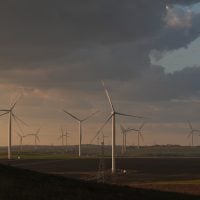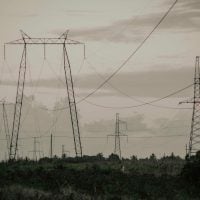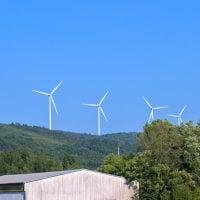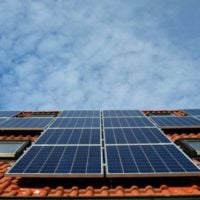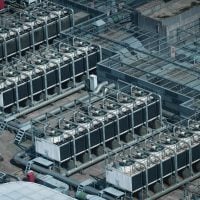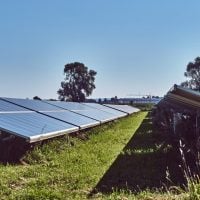In an era marked by climate change and environmental degradation, the significance of renewable energy awareness campaigns cannot be overstated. These campaigns serve as a vital conduit for educating the public about the benefits and necessity of transitioning from fossil fuels to sustainable energy sources. By raising awareness, these initiatives empower individuals and communities to make informed decisions regarding their energy consumption and advocate for cleaner alternatives.
The urgency of this mission is underscored by the alarming statistics surrounding global warming, which highlight the need for immediate action to mitigate its effects. Moreover, renewable energy awareness campaigns play a crucial role in dispelling myths and misconceptions surrounding renewable technologies. Many people remain skeptical about the feasibility and reliability of renewable energy sources such as solar, wind, and hydroelectric power.
Through targeted outreach efforts, these campaigns can provide factual information, showcase successful case studies, and illustrate the tangible benefits of adopting renewable energy solutions. By fostering a culture of understanding and acceptance, these initiatives can catalyze a broader societal shift towards sustainable practices. Are You Working on Solar Innovation or Clean Energy Access? Join us to receive updates.
Key Takeaways
- Renewable energy awareness campaigns are crucial for educating the public about the importance of sustainable energy sources and their impact on the environment.
- Top donors play a significant role in supporting renewable energy awareness campaigns by providing financial resources and expertise to drive these initiatives forward.
- Renewable energy has a positive impact on the environment by reducing carbon emissions and mitigating the effects of climate change.
- Investing in renewable energy brings various benefits, including job creation, energy independence, and cost savings in the long run.
- Implementing renewable energy solutions faces challenges such as high initial costs, technological limitations, and resistance from traditional energy industries.
The Role of Top Donors in Supporting Renewable Energy Awareness Campaigns
Top donors play an instrumental role in the success of renewable energy awareness campaigns. Their financial contributions enable organizations to develop comprehensive outreach strategies, conduct research, and implement educational programs that reach diverse audiences. Philanthropic support can help bridge the funding gap that often hinders the effectiveness of grassroots initiatives.
For instance, major foundations and corporate sponsors can provide the necessary resources to launch large-scale campaigns that amplify the message of renewable energy adoption. In addition to financial backing, top donors often bring valuable expertise and networks that can enhance the impact of awareness campaigns. Many donors are seasoned professionals in the energy sector or related fields, allowing them to offer insights into best practices and innovative approaches.
Their involvement can also attract additional stakeholders, including government agencies, businesses, and community organizations, creating a collaborative environment that fosters greater engagement and support for renewable energy initiatives.
The Impact of Renewable Energy on the Environment
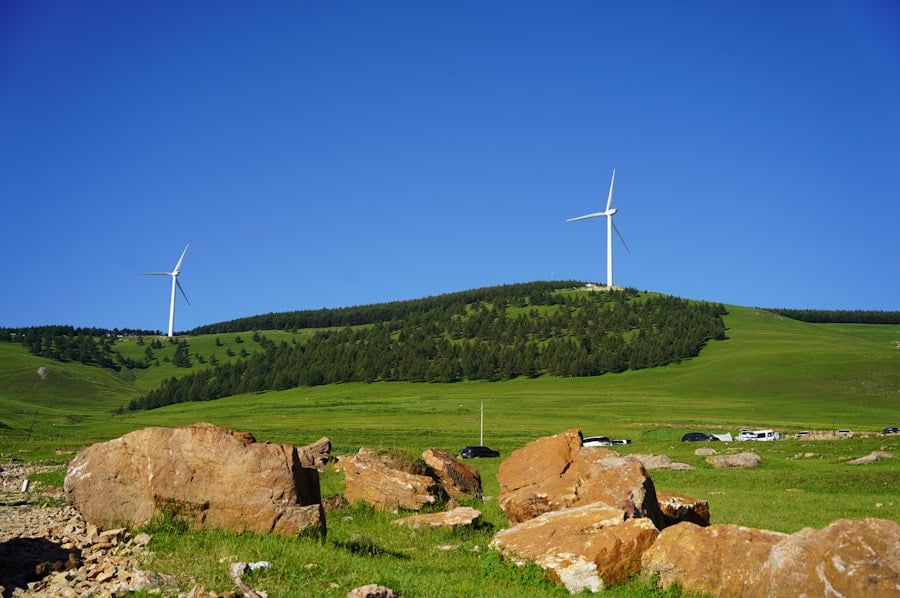
The environmental benefits of renewable energy are profound and far-reaching. Unlike fossil fuels, which release harmful greenhouse gases into the atmosphere, renewable energy sources produce little to no emissions during operation. This transition is crucial for combating climate change and reducing air pollution, which poses significant health risks to communities worldwide.
For example, a shift to wind or solar power can lead to cleaner air and improved public health outcomes, particularly in urban areas where pollution levels are often highest. Furthermore, renewable energy contributes to biodiversity conservation by reducing habitat destruction associated with fossil fuel extraction. Traditional energy sources often require extensive land use for mining or drilling, leading to ecosystem degradation.
In contrast, renewable technologies can be deployed in ways that minimize their ecological footprint. For instance, solar panels can be installed on rooftops or brownfield sites, preserving natural habitats while generating clean energy. By promoting renewable energy solutions, we not only address climate change but also protect our planet’s rich biodiversity.
The Benefits of Investing in Renewable Energy
Investing in renewable energy offers a multitude of benefits that extend beyond environmental considerations. Economically, the renewable energy sector has proven to be a significant job creator. According to the International Renewable Energy Agency (IRENA), millions of jobs have been generated globally in solar, wind, and other renewable sectors.
These jobs often provide stable employment opportunities in regions that may have been economically disadvantaged due to declining fossil fuel industries. Additionally, investing in renewable energy enhances energy security by diversifying energy sources and reducing dependence on imported fuels. Countries that harness their renewable resources can achieve greater self-sufficiency and resilience against market fluctuations or geopolitical tensions that may disrupt traditional energy supplies.
This strategic advantage not only bolsters national security but also fosters economic stability by creating a more predictable energy landscape.
The Challenges of Implementing Renewable Energy Solutions
Despite the numerous advantages of renewable energy, several challenges hinder its widespread implementation. One significant barrier is the initial capital investment required for infrastructure development. While the long-term savings from renewable technologies are substantial, the upfront costs can deter individuals and organizations from making the switch.
This financial hurdle is particularly pronounced in developing countries where access to funding and financing options may be limited. Another challenge lies in the integration of renewable energy into existing power grids. Many regions still rely heavily on traditional energy sources, making it difficult to incorporate intermittent renewable technologies like solar and wind into their systems.
Upgrading grid infrastructure to accommodate these new sources requires substantial investment and coordination among various stakeholders. Addressing these challenges necessitates innovative solutions and collaborative efforts among governments, private sector players, and civil society.
The Role of Government Policies in Promoting Renewable Energy
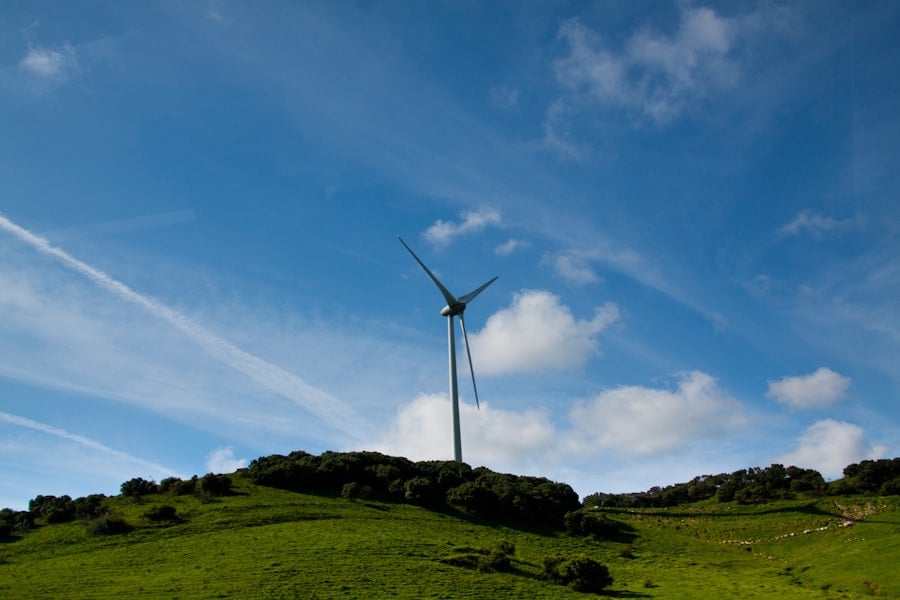
Government policies play a pivotal role in shaping the landscape for renewable energy development. Effective policy frameworks can incentivize investment in clean technologies through tax credits, subsidies, and grants that lower financial barriers for both consumers and businesses. For example, many countries have implemented feed-in tariffs or power purchase agreements that guarantee fixed payments for renewable energy producers, encouraging more individuals to invest in solar panels or wind turbines.
Moreover, regulatory measures can facilitate the integration of renewable energy into national grids by establishing standards for grid access and reliability. Governments can also promote research and development initiatives that drive innovation in renewable technologies, ensuring that they remain competitive with traditional energy sources. By creating a supportive policy environment, governments can accelerate the transition to a sustainable energy future while fostering economic growth.
The Influence of Top Donors in Shaping Renewable Energy Policies
Top donors wield considerable influence in shaping renewable energy policies through their financial contributions and advocacy efforts. By supporting organizations that promote clean energy initiatives, these donors can help amplify their voices in policy discussions at local, national, and international levels. Their funding often enables NGOs to conduct research, engage with policymakers, and mobilize public support for progressive legislation that prioritizes renewable energy development.
Additionally, top donors can leverage their networks to bring together key stakeholders from various sectors—government officials, business leaders, and community advocates—to foster dialogue around renewable energy policies. This collaborative approach can lead to more comprehensive solutions that address the diverse needs of different communities while promoting sustainable practices. By aligning their philanthropic goals with broader policy objectives, top donors can play a transformative role in advancing renewable energy agendas.
The Collaborative Efforts of Top Donors and Renewable Energy Advocates
The collaboration between top donors and renewable energy advocates is essential for driving meaningful change in the sector. By pooling resources and expertise, these partnerships can create impactful campaigns that resonate with diverse audiences. For instance, joint initiatives may focus on educating communities about the benefits of solar power while providing financial assistance for installation costs—making clean energy more accessible to low-income households.
Moreover, collaborative efforts can lead to innovative solutions that address specific challenges within the renewable energy landscape. For example, partnerships between donors and technology developers may result in breakthroughs in battery storage or grid management systems that enhance the reliability of renewable sources. By working together towards common goals, top donors and advocates can accelerate progress towards a sustainable energy future.
The Success Stories of Renewable Energy Awareness Campaigns
Numerous success stories illustrate the effectiveness of renewable energy awareness campaigns in driving change at both local and global levels. One notable example is the “Solar Schools” initiative launched in Australia, which aimed to educate students about solar technology while providing schools with solar panel installations. This program not only reduced electricity costs for schools but also instilled a sense of environmental responsibility among students who became advocates for clean energy within their communities.
Another inspiring case is the “100% Renewable Energy” campaign led by various cities around the world aiming to transition entirely to renewable sources by specific target dates. Cities like San Diego and Burlington have made significant strides towards this goal by implementing comprehensive policies that promote solar installations, wind farms, and other clean technologies. These success stories demonstrate how effective awareness campaigns can mobilize communities around a shared vision for a sustainable future.
The Future of Renewable Energy and the Role of Top Donors
As we look towards the future of renewable energy, the role of top donors will remain critical in shaping its trajectory. With ongoing advancements in technology and increasing public awareness about climate change, there is immense potential for growth within the sector. Top donors can continue to support innovative projects that push boundaries—whether through funding research on emerging technologies or backing community-based initiatives that empower individuals to adopt sustainable practices.
Furthermore, as global commitments to reduce carbon emissions intensify, top donors will have an opportunity to influence policy discussions at higher levels—ensuring that renewable energy remains a priority on national agendas. By strategically aligning their philanthropic efforts with emerging trends in sustainability and climate action, top donors can help pave the way for a cleaner, greener future.
How Individuals Can Support Renewable Energy Awareness Campaigns
Individuals play an essential role in supporting renewable energy awareness campaigns through various actions that amplify their impact within communities. One effective way is by participating in local initiatives or volunteering with organizations focused on promoting clean energy solutions. Engaging with grassroots movements not only raises awareness but also fosters a sense of community around shared environmental goals.
Additionally, individuals can advocate for policy changes at local or national levels by contacting elected officials or participating in public forums discussing renewable energy issues. By voicing their support for clean energy initiatives and encouraging others to do the same, individuals contribute to building momentum towards a more sustainable future. Ultimately, every action counts—whether it’s spreading awareness on social media or making conscious choices about personal energy consumption—collectively driving progress towards a cleaner planet for generations to come.


